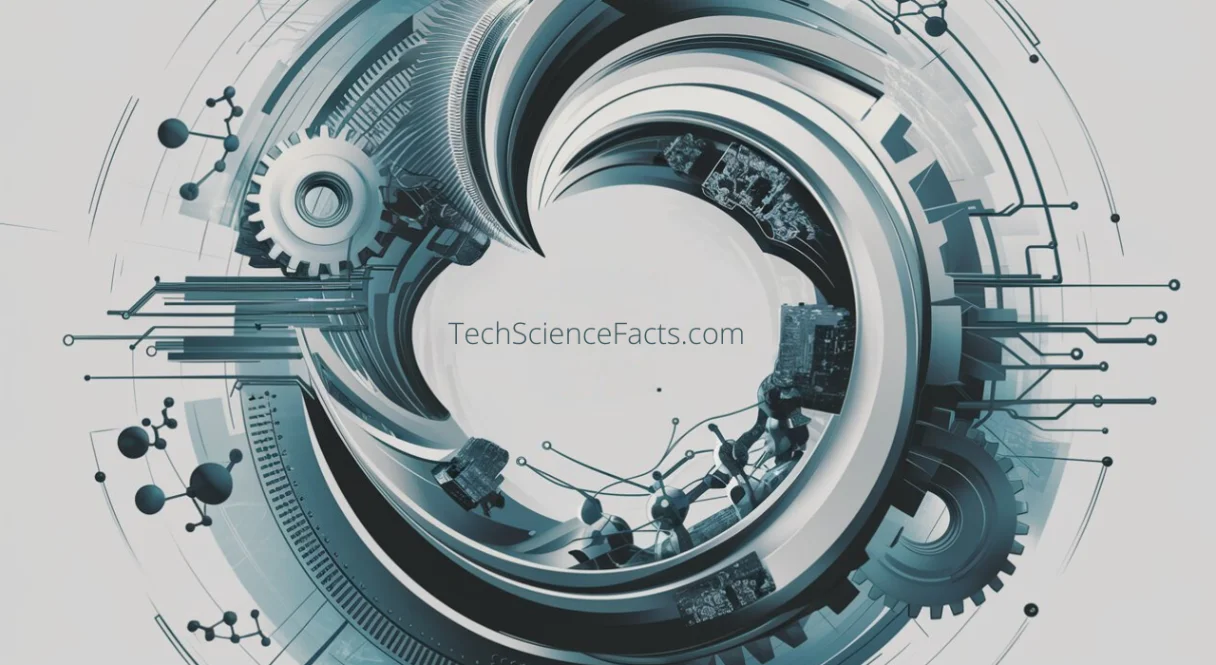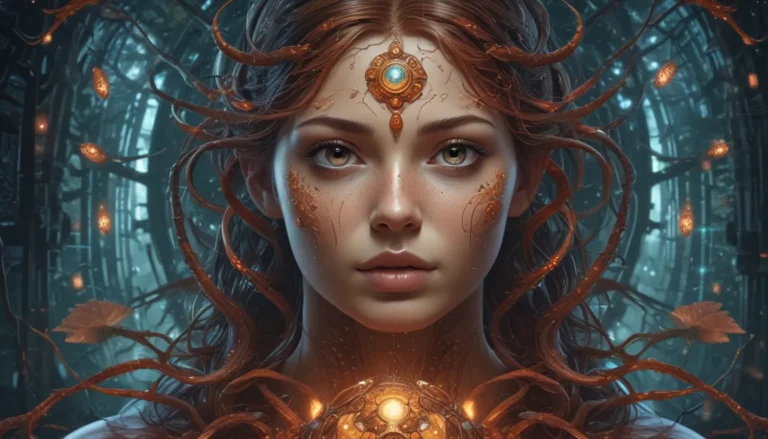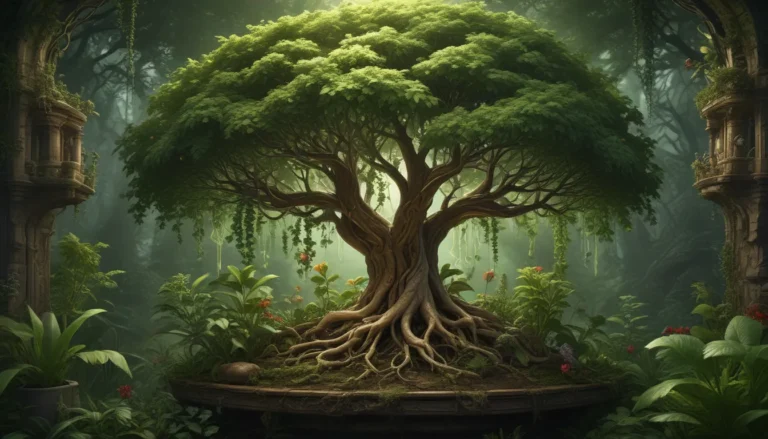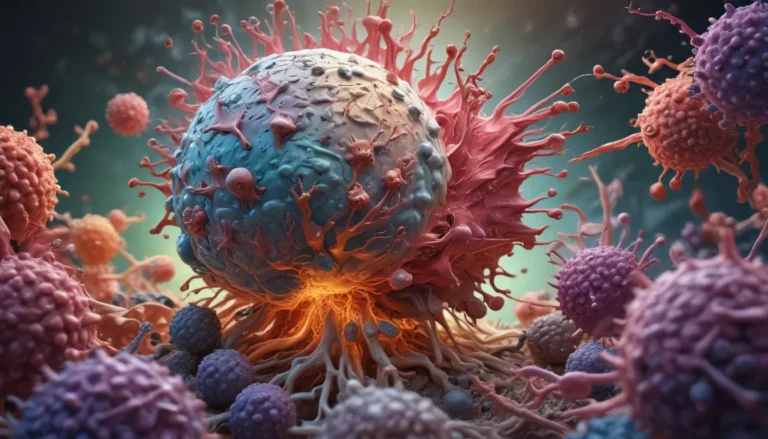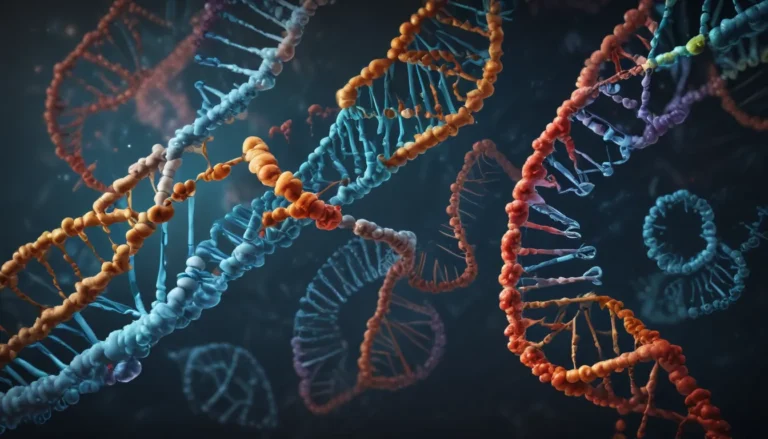A Note About Images: The images used in our articles are for illustration purposes only and may not exactly match the content. They are meant to engage readers, but the text should be relied upon for accurate information.
Sexual selection is a captivating phenomenon in the realm of biology, driving the evolution of unique traits and behaviors that shape the diversity of life on Earth. In this article, we embark on a journey to unravel 13 astounding facts about sexual selection, shedding light on the fascinating intricacies of mate choice and reproductive strategies in the animal kingdom. From elaborate courtship rituals to the evolution of exaggerated traits, these facts showcase the remarkable ways in which individuals compete and attract mates in nature’s grand design.
Unveiling the Essence of Sexual Selection
- Dating Game of Nature: Sexual selection mirrors a dating game in the animal kingdom, where females are selective and males compete to impress. It revolves around finding the best mate to ensure strong and healthy offspring, shaping the diversity of life on Earth.
- Vibrant Display of Traits: From flashy peacock feathers to majestic lion’s manes, sexual selection drives animals to develop unique traits and behaviors to attract mates, akin to a natural beauty pageant that showcases nature’s diversity.
The Dynamics of Sexual Selection
The Intersection with Natural Selection
Sexual selection operates alongside natural selection to influence evolutionary changes in species. While natural selection focuses on survival, sexual selection impacts the reproductive success of individuals.
The Role of Female Choice
In many species, females hold the power of choice when selecting a mate. This is because females invest more energy and resources in producing offspring, making their selection crucial for ensuring the survival of their progeny.
The Competition Among Males
Contrary to females, males often engage in competition for mating opportunities. This competition can manifest in various forms, including physical combat, elaborate displays, or vocalizations.
Display Traits in Sexual Selection
Many animals exhibit exaggerated physical traits that play a pivotal role in attracting mates. These traits, such as the colorful plumage of peacocks, signal genetic fitness and allure potential partners under the influence of sexual selection.
Evolution of Secondary Sexual Characteristics
Secondary sexual characteristics, differing between males and females of a species but not directly involved in reproduction, often evolve through sexual selection. These traits, like the mane of a lion or the antlers of a deer, enhance individuals’ attractiveness to potential mates.
Sexual Dimorphism and Mate Choice
Sexual dimorphism, the distinct physical differences between males and females of the same species, often arises from sexual selection. Certain traits are favored in one sex but not the other, showcasing the influence of mate choice in driving evolutionary changes.
Complex Courtship Behaviors
Male animals frequently exhibit intricate courtship displays or behaviors to attract females. These displays serve as signals of male quality, aiding females in assessing potential mates and reinforcing the role of sexual selection in mate choice.
Evolution of Mating Rituals
Some species have developed elaborate mating rituals involving a series of behaviors, vocalizations, or movements. These rituals aid in mate recognition and ensure successful reproduction, highlighting the influence of sexual selection on species’ reproductive strategies.
Exaggerated Traits and Reproductive Success
Certain species exhibit exaggerated traits under the influence of sexual selection, despite seeming maladaptive from a survival standpoint. These traits, like the long tail feathers of birds of paradise, enhance reproductive success and reflect the power of mate choice in shaping individuals’ characteristics.
Rapid Evolution Through Sexual Selection
Sexual selection’s profound impact on reproductive success can drive rapid evolutionary changes within populations. These changes can occur swiftly, leading to the emergence of new species or subspecies and showcasing the dynamic nature of sexual selection in shaping biodiversity.
Diverse Mating Strategies
Both males and females employ various mating strategies to maximize their reproductive success. Some males may adopt a “dominance” strategy, while others engage in “sneaker” tactics to secure mating opportunities, reflecting the diversity of reproductive behaviors shaped by sexual selection.
Beyond Physical Traits
While physical characteristics are predominant in sexual selection, other factors such as vocalizations, pheromones, or behavior can also influence mate choice. These additional factors underscore the complexity of sexual selection in driving reproductive success.
A Catalyst for Species Diversification
Through its mechanisms, sexual selection contributes to the diversification of species, underpinning the vast array of forms and behaviors observed in the natural world. The interplay between sexual and natural selection has resulted in the awe-inspiring diversity and complexity of life on Earth.
From the evolution of stunning plumage to the battle for dominance among males, sexual selection encapsulates the intricate dance of mate choice and reproductive success in the animal kingdom. These 13 astounding facts about sexual selection offer a glimpse into the captivating world of natural selection, unraveling the mechanisms driving the grand tapestry of adaptations and behaviors in nature.
Unraveling the Enigma of Sexual Selection
Sexual selection serves as a fascinating phenomenon shaping the diversity of life on our planet. These astounding facts provide insight into the intricate mechanisms and behaviors that govern mate choice and reproductive success, from the extravagant displays of peacock feathers to the complex courtship rituals of birds-of-paradise. Delve into the complexities of sexual selection to expand your understanding of the natural world’s captivating intricacies.
FAQs: Exploring Further into the Realm of Sexual Selection
- What is sexual selection?
-
Sexual selection entails individuals with specific traits being more successful in attracting mates and producing offspring, driving the evolution of traits enhancing reproductive ability.
-
How does sexual selection differ from natural selection?
-
While natural selection favors traits promoting survival, sexual selection focuses on traits amplifying reproductive success.
-
What are some examples of sexual selection?
-
Examples range from vibrant plumage in male birds to elaborate courtship dances and mating calls of species, showcasing the diverse mechanisms of mate choice.
-
Why are males often more extravagant in sexual selection?
-
In many species, male extravagance stems from competition for female attention, with females exercising selectivity due to their higher investment in reproduction.
-
Does sexual selection occur only in animals?
-
No, sexual selection is prevalent in plants, fungi, and other organisms, illustrating its widespread influence in the natural world.
-
Can sexual selection lead to species extinction?
-
Intense sexual selection can reduce overall fitness and survival rates, potentially contributing to a species’ decline and extinction in some cases.
-
Do humans undergo sexual selection?
-
Indeed, sexual selection influences human mate preferences, behaviors, physical attractiveness, and reproductive success, mirroring its impact across species.
-
How does sexual selection contribute to biodiversity?
-
By driving the evolution of diverse traits and behaviors, sexual selection fosters the diversity of life forms on Earth, fostering unique adaptations and characteristics within species.
-
Can sexual selection lead to harmful trait evolution?
-
While sexual selection may result in extravagant or burdensome traits, they can enhance reproductive success, showcasing the complex interplay between traits and mate selection.
-
Influence on Mating Systems
- Sexual selection can shape mating systems like monogamy or polygamy, depending on species’ specific reproductive strategies and behaviors, highlighting its role in diverse mating behaviors.
Unveiling the mysteries of sexual selection offers a glimpse into the captivating intricacies of mate choice and reproductive success across species. Dive into the realms of nature’s grand design as we unravel the profound impact of sexual selection on shaping life’s diversity and complexity, showcasing the evolutionary marvels that continue to astound and inspire our understanding of the natural world.
